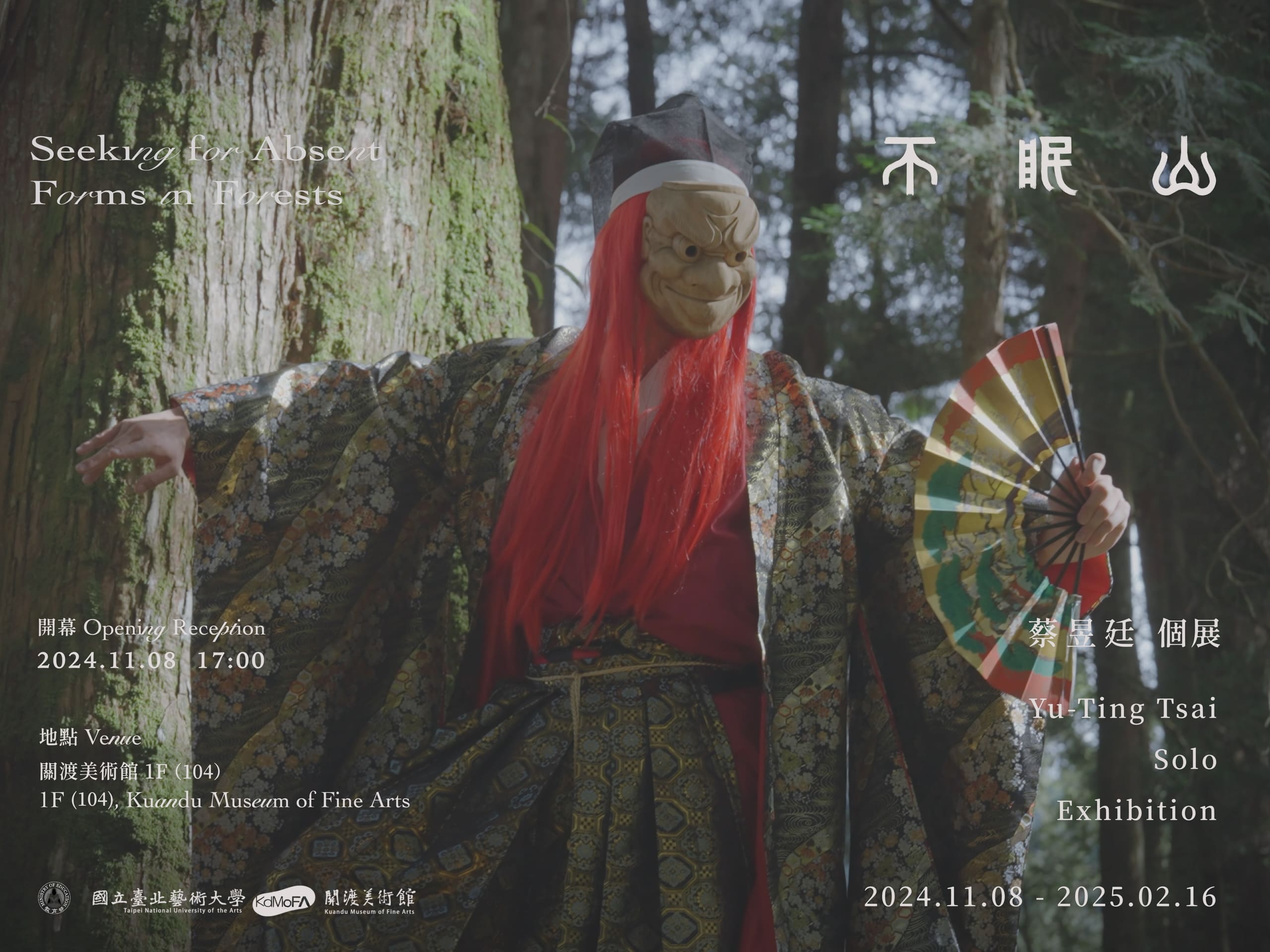[The Shuishan Series]
While trekking through mountains Artist traversed Shuishan, an isolated village in the mountains far- reaching (1642 M, 233676, 2592505) where it existed the last base camphor was refined in Alishan area. During Japanese colonization period, hundreds of households were engaged in camphor production, but in 1969, the last camphor furnace was heated, marking the end of the camphor industry in Taiwan. Afterwards, the village was not found on the map.
This work attempts to construct a boundary, exploring the experience of meditation and collective memories related to the camphor and the extinction of Taiwan. The land and the remains faithfully present the memories of humans who lived and passed through. In the constantly surging historical torrent, we sometimes look back but separate after purpose focus, in which it implies the abandonment becomes an inevitability of civilization.
From discovery to understanding, the remaining clues speculate the whole picture.
Through the excavations of the history and field study, we found that most of the people who settled in Shuishan were Hakkas who immigrated from across half of Taiwan. The core was from their beliefs on the mountains and the land in which fragmented traces had remained. The land carried people's memories, emotions, and proof of their way of survival. Such proof existed both in the landscape and in the smell of the air. Through the abandoned villages, the camphor refining instruments were left, and the shoes scattered everywhere, and at last, they were embedded in the land with the catalysis of time. Thus, they have obviously become part of the landscape. It becomes the landscape of the next stage of landscape after man-made interference with nature.
